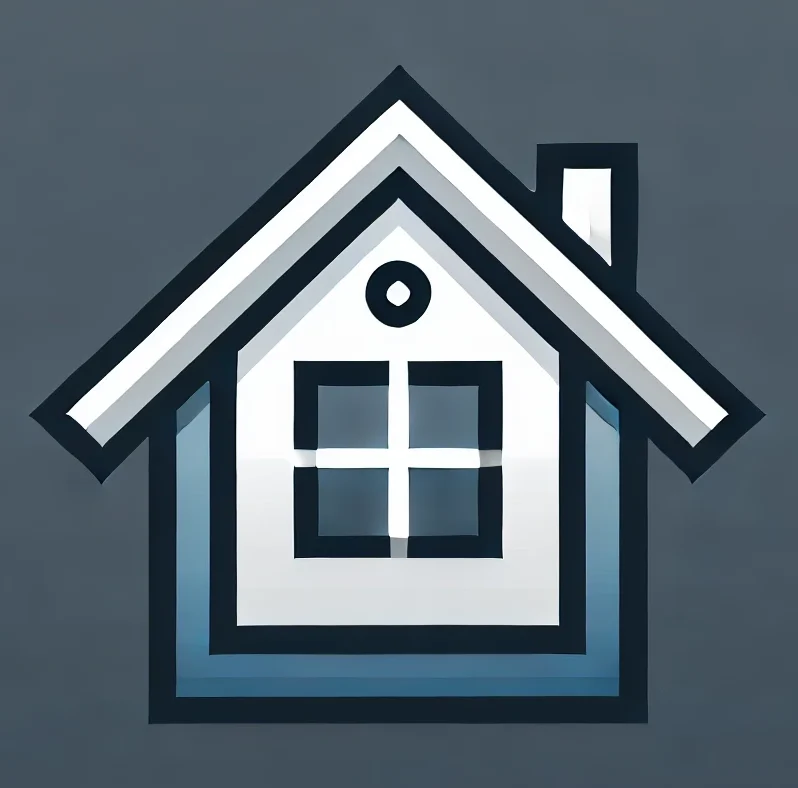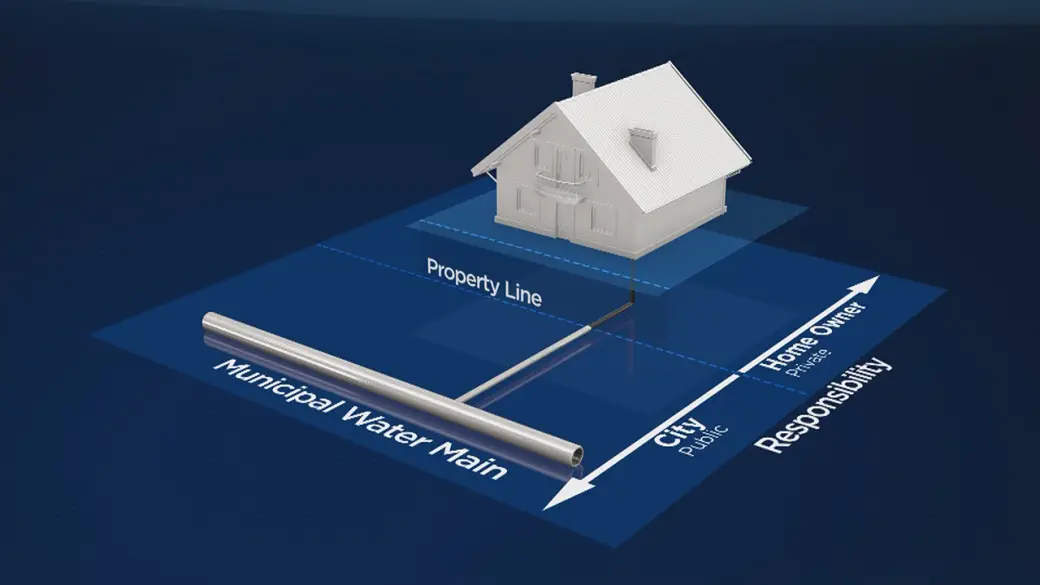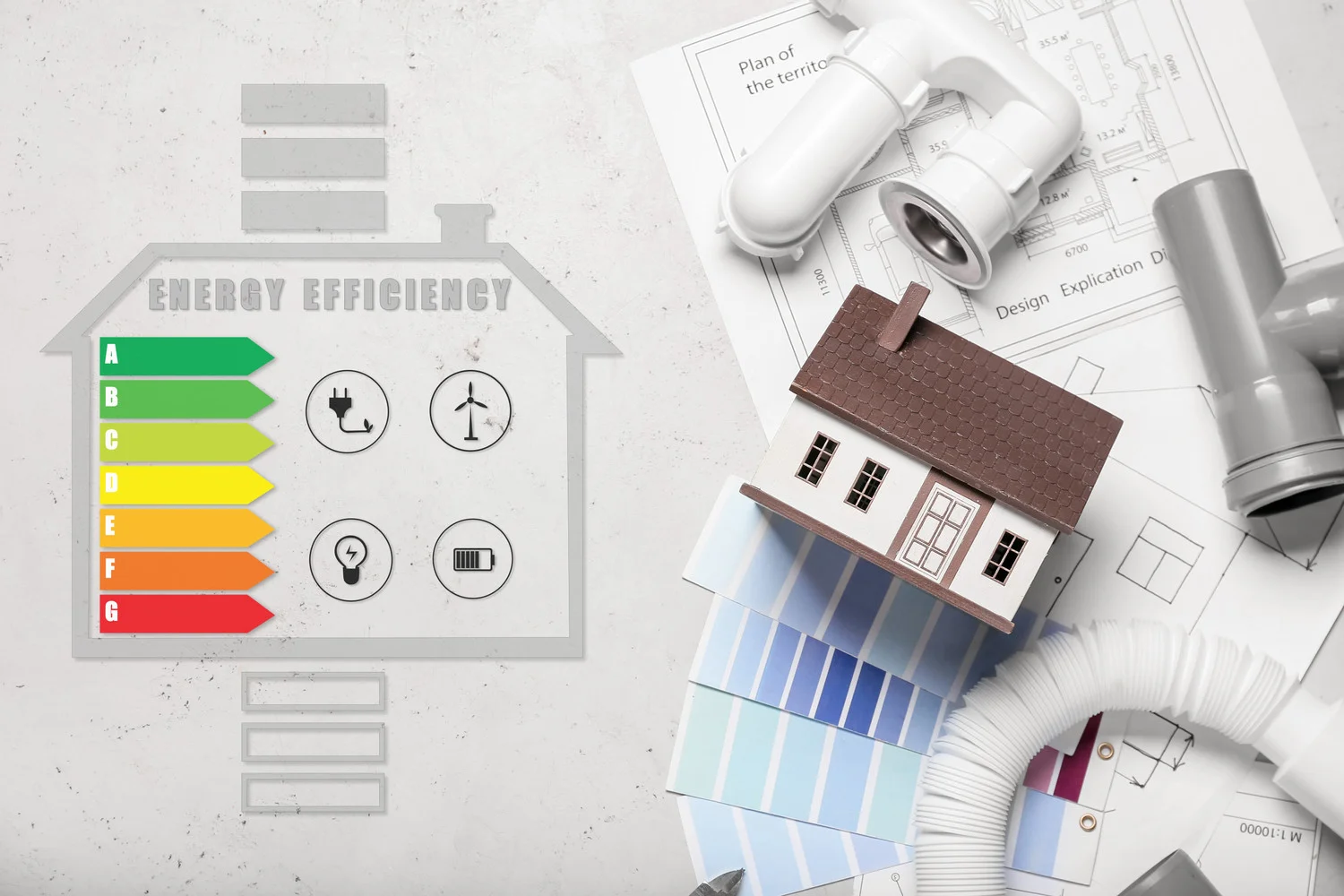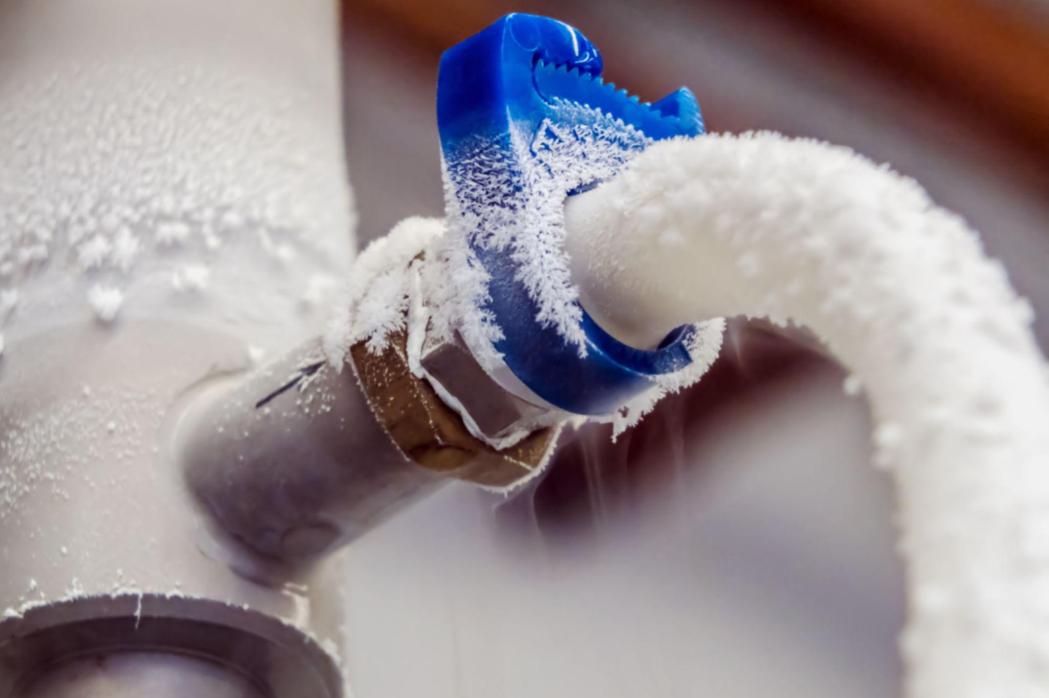lumbing issues are an inevitable part of homeownership, especially in Canada, where cold temperatures can exacerbate common problems. Understanding these issues and how to fix them can save homeowners time, money, and the headache of water damage. Below are some of the most common plumbing problems faced by Canadian homeowners and practical solutions to address them.
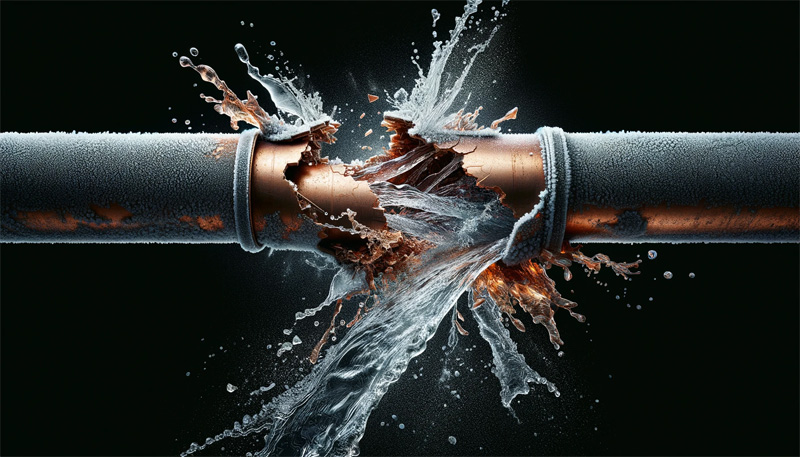
1. Frozen Pipes
Cold Canadian winters can cause pipes to freeze, leading to potential bursts and water damage. When water freezes in the pipes, it expands and increases pressure, which can cause the pipe to rupture.
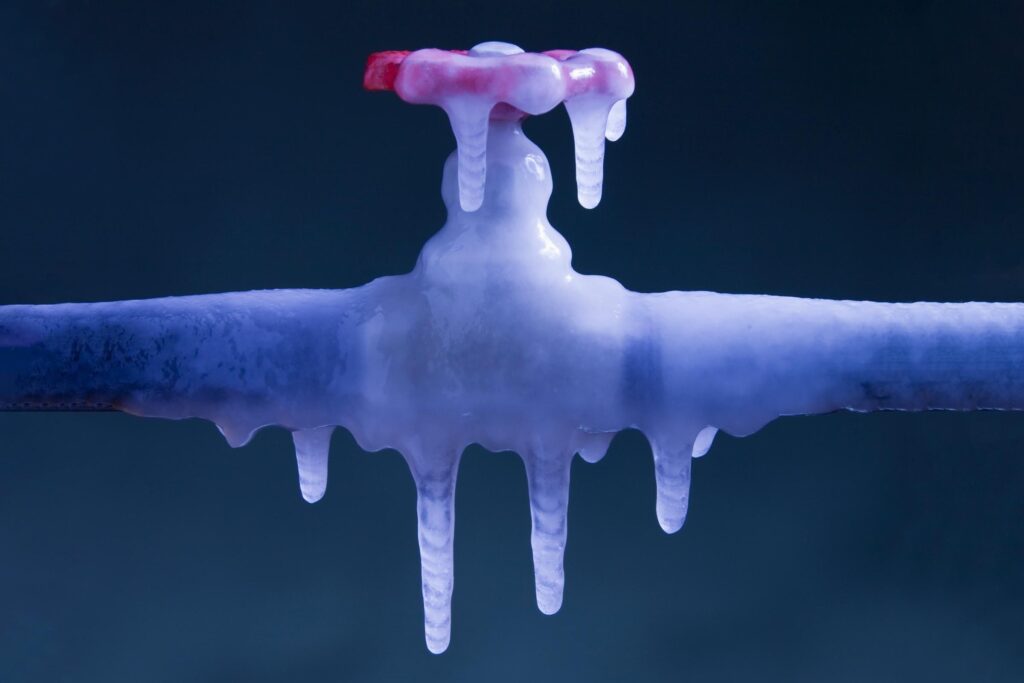
How to Fix It:
- Prevention: Insulate exposed pipes, especially those in unheated areas like basements, attics, and garages. Heat tape can also be used to keep pipes warm.
- Immediate Action: If you suspect frozen pipes, turn off the water supply immediately. Use a hairdryer or heating pad to gradually warm the frozen pipe. Never use an open flame.
- Call a Professional: If the pipe has burst, shut off the main water supply and call a plumber to replace the damaged section.
2. Clogged Drains
Clogged drains are one of the most common plumbing problems. Hair, grease, food particles, and soap residue can accumulate over time and block water flow, leading to slow drainage or complete backups.
How to Fix It:
- DIY Solutions: Use a plunger to dislodge clogs, or a drain snake for deeper blockages. Pouring a mixture of baking soda and vinegar down the drain, followed by hot water, can help clear minor clogs.
- Chemical Drain Cleaners: These should be used sparingly, as they can damage pipes over time.
- Call a Plumber: If DIY methods don’t work or the blockage is deep within the plumbing system, a professional plumber can use specialized equipment to clear the drain.
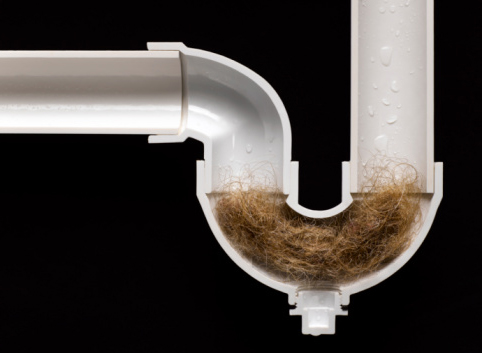
3. Leaky Faucets
A dripping faucet might seem like a small annoyance, but it can waste a significant amount of water over time and increase your water bill. Leaks typically occur due to worn-out washers or seals within the faucet mechanism.
How to Fix It:
- Turn off the Water Supply: Before working on the faucet, ensure the water supply is shut off.
- Replace the Washer or Cartridge: Disassemble the faucet to access the washer or cartridge that’s causing the leak. These parts are inexpensive and available at most hardware stores.
- Professional Repair: If you’re unsure about how to replace these parts or if the leak persists, contact a plumber for assistance.
4. Running Toilets
A running toilet can waste gallons of water every day. This problem is often caused by a faulty flapper, a fill valve issue, or an improperly adjusted chain in the tank.
How to Fix It:
- Check the Flapper: Ensure the flapper is sealing properly. If it’s worn or damaged, replace it with a new one.
- Adjust the Chain: The chain connecting the flush handle to the flapper might be too long or too short, causing improper flushing.
- Replace the Fill Valve: If the toilet continues to run, the fill valve may be faulty. Replacing it can solve the issue.
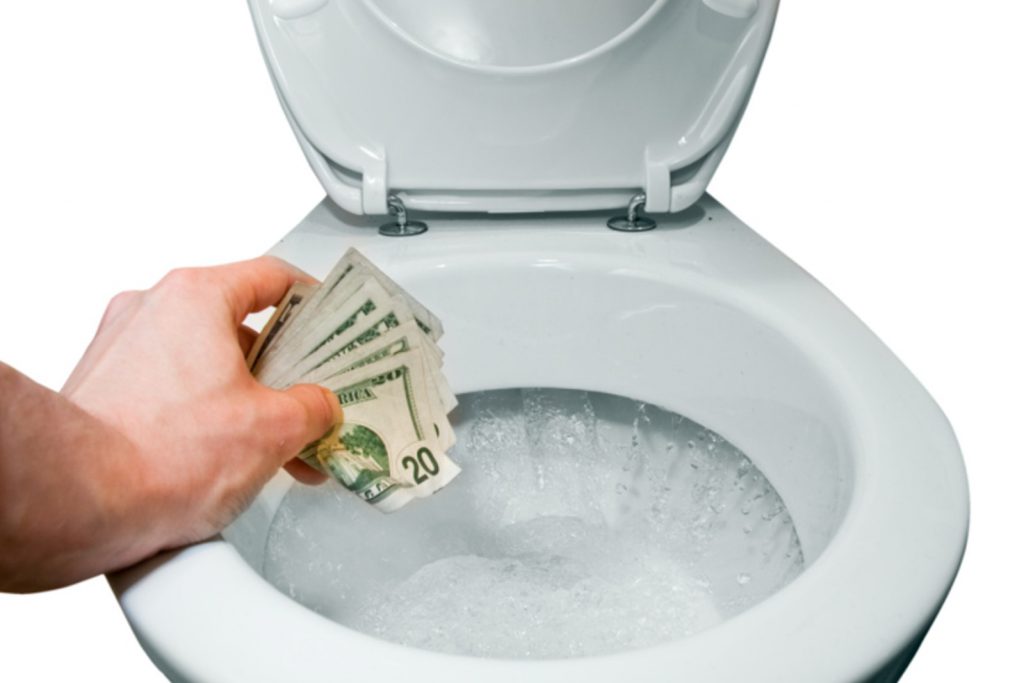
5. Low Water Pressure
Low water pressure can be frustrating, especially when showering or washing dishes. This problem often occurs due to sediment buildup in pipes, faulty pressure regulators, or leaks within the plumbing system.
How to Fix It:
- Check the Aerators: If the issue is localized to faucets, remove and clean the aerators, which may be clogged with debris or mineral deposits.
- Inspect for Leaks: Check for visible leaks or damp spots around your plumbing system. A hidden leak can cause a significant drop in water pressure.
- Call a Plumber: If the problem persists or affects multiple faucets, it may be due to a more complex issue like pipe corrosion or a problem with the pressure regulator, which a professional should handle.
6. Sump Pump Failure
In areas prone to flooding or heavy rain, a sump pump is crucial to preventing basement flooding. However, sump pumps can fail due to power outages, improper installation, or mechanical failure.
How to Fix It:
- Check the Power Source: Ensure the sump pump is plugged in and receiving power. Consider installing a backup power source to prevent failure during outages.
- Inspect the Float Switch: The float switch may get stuck or tangled, preventing the pump from activating. Adjust it to ensure it moves freely.
- Professional Maintenance: Have your sump pump regularly serviced by a plumber to ensure it’s functioning properly, especially before heavy rainfall seasons.
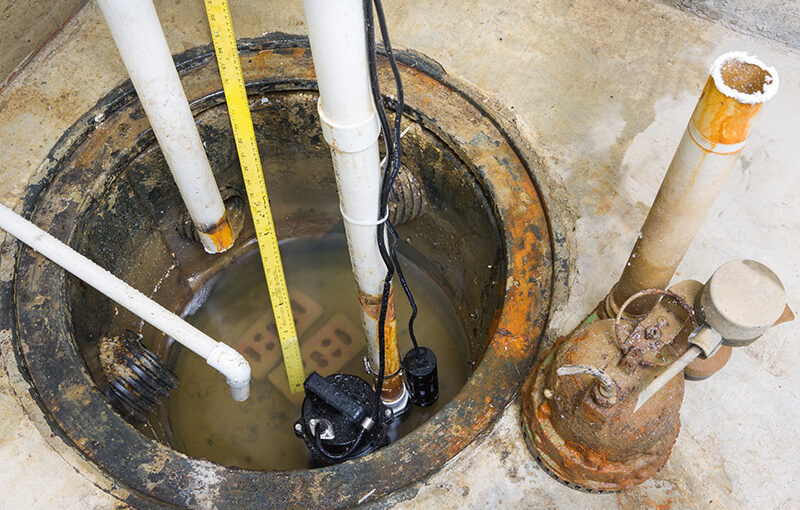
7. Water Heater Issues
Water heaters are essential for comfort, but they can develop problems such as insufficient hot water, strange noises, or water leaks. These issues are often caused by sediment buildup or a malfunctioning thermostat.
How to Fix It:
- Flush the Tank: Drain the water heater to remove sediment buildup, which can reduce efficiency and damage the unit.
- Check the Thermostat: Ensure the thermostat is set to the correct temperature. If it’s faulty, consider replacing it.
- Call a Professional: If the water heater is leaking or making loud noises, it’s time to call a plumber for inspection and potential repair or replacement.
Final Thoughts
Plumbing problems are a common occurrence in Canadian homes, especially with the country’s challenging weather conditions. While some issues can be handled with simple DIY fixes, others may require the expertise of a licensed plumber. Regular maintenance and inspections can help prevent major issues, saving homeowners time and money in the long run. When in doubt, always consult a professional to ensure the problem is properly resolved.
